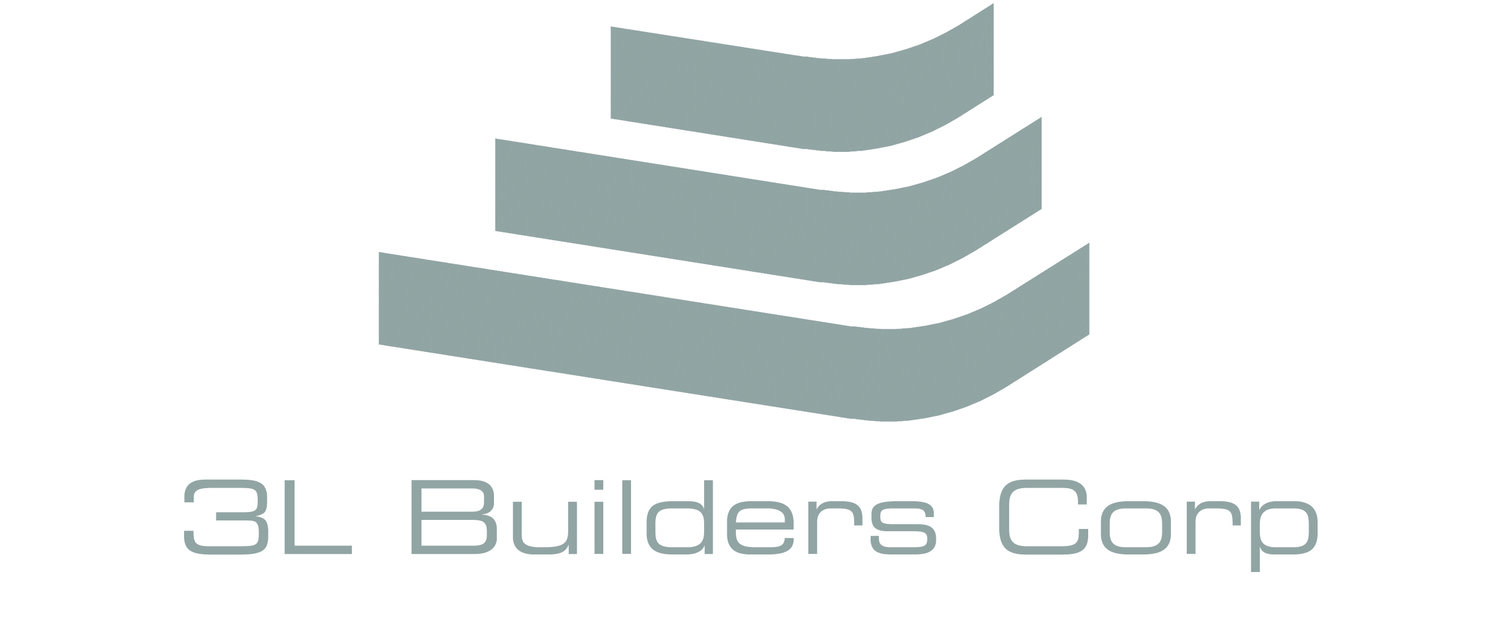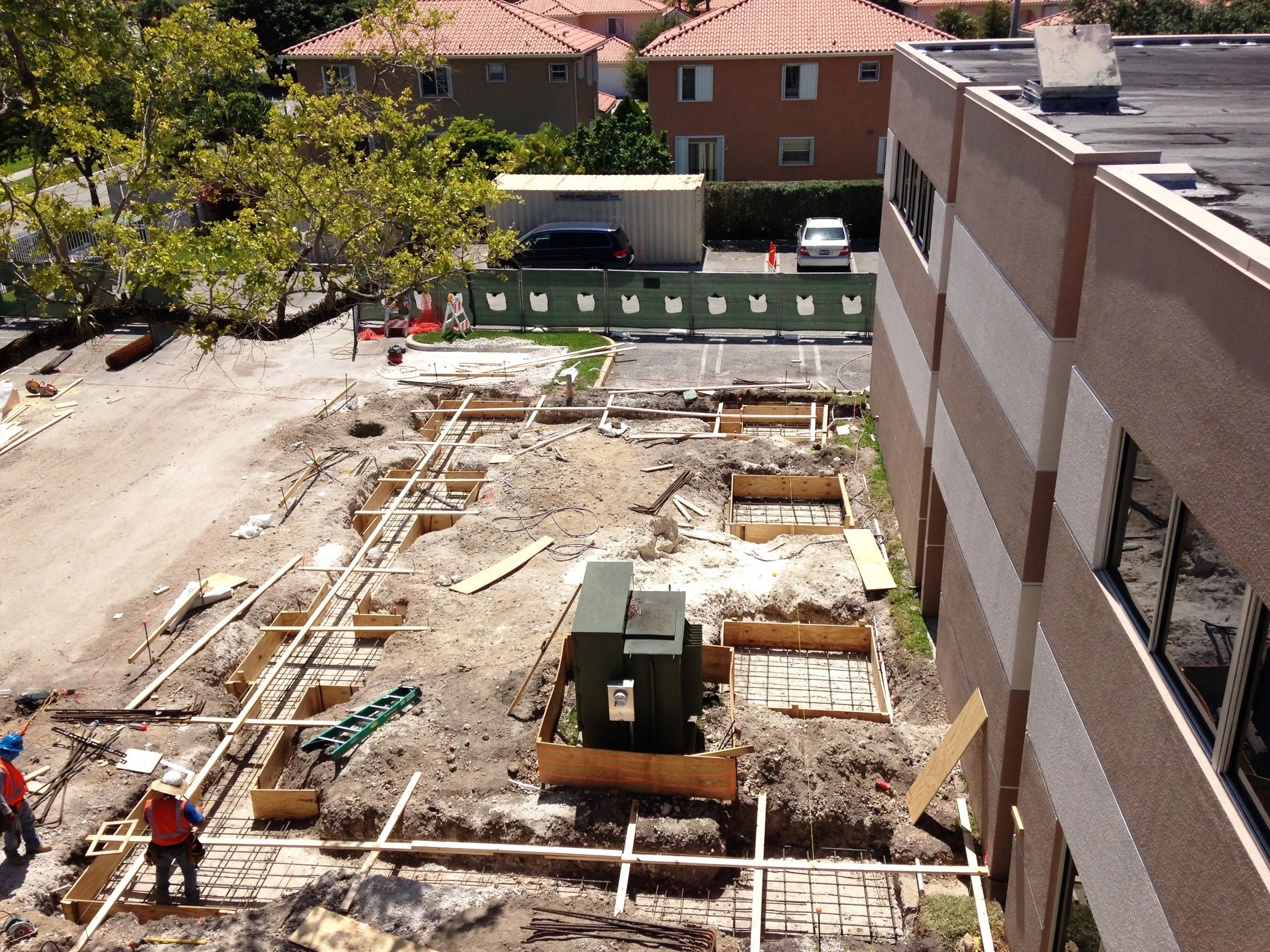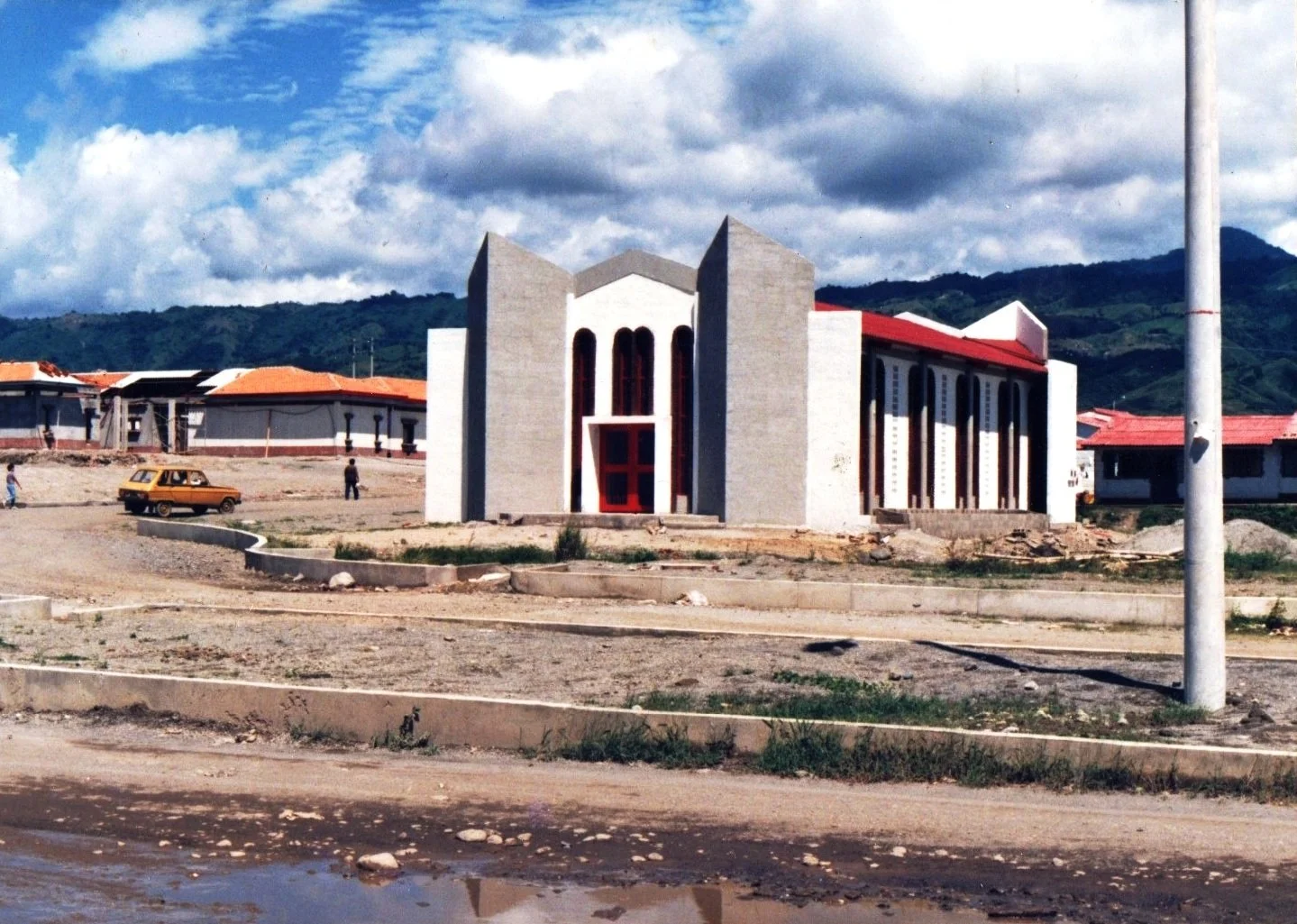Technical Supervision and Inspections: Ensuring Quality and Compliance in Construction
Technical supervision and inspections are critical elements of effective construction project management, serving as the backbone for quality assurance and regulatory compliance. These functions are not merely administrative or procedural steps—they are proactive processes aimed at overseeing every phase of construction to ensure that the work being carried out aligns precisely with the approved architectural and engineering plans, construction specifications, contractual obligations, safety protocols, and relevant building codes.
Technical supervision involves continuous on-site oversight by experienced professionals, such as engineers, architects, or certified construction managers, whose primary role is to observe and guide the construction team, address any deviations from the design intent, and offer expert recommendations to resolve technical issues before they escalate. This active presence ensures that potential problems are identified and corrected early, minimizing the risk of costly delays, rework, or structural failures.
Inspections, on the other hand, are formal and systematic assessments conducted at key milestones throughout the construction process. They serve to independently verify that materials, installation methods, and construction practices meet the specified standards. These inspections may be conducted by internal quality control teams, third-party inspectors, or governmental authorities, depending on the project's scope and jurisdictional requirements.
Together, technical supervision and inspections play a vital role in preserving structural integrity, ensuring occupational health and safety, and maintaining the overall quality and performance of the built environment. They promote accountability among contractors and subcontractors, provide clear documentation of compliance, and contribute to the successful and timely delivery of projects that meet or exceed client expectations.
What Is Technical Supervision?
Technical supervision refers to the ongoing, hands-on oversight of construction activities by trained and qualified professionals—most commonly engineers, architects, or certified construction managers—who possess the technical knowledge and experience required to manage complex building processes. These professionals serve as the link between design and execution, ensuring that every step of the construction process is carried out in strict accordance with approved technical documentation, such as plans, specifications, and legal requirements.
Their primary responsibilities include tracking the day-to-day progress of the project, evaluating the quality of workmanship, and confirming that the materials and techniques being used meet the required standards. Technical supervisors are also responsible for identifying discrepancies, errors, or risks early in the process—before they can impact the schedule, budget, or structural integrity of the project.
Additionally, these supervisors act as key communicators among project stakeholders, helping to interpret the design intent, clarify technical questions, and mediate between the client, contractors, and regulatory agencies. By maintaining a strong presence on the job site and keeping detailed records of observations and recommendations, technical supervisors play a crucial role in ensuring that the construction aligns not only with contractual obligations but also with the overall vision and goals of the project.
Key Responsibilities of Technical Supervisors
Reviewing and interpreting construction drawings and specifications.
Monitoring workmanship and construction methods.
Ensuring the proper use of approved materials and systems.
Coordinating with contractors, clients, and regulatory bodies.
Reporting deviations, risks, and non-compliance.
Verifying safety practices and site conditions.
What Are Construction Inspections?
Construction inspections are formal evaluations carried out at various stages of a project to assess compliance with applicable codes, standards, and specifications. Inspections can be performed by in-house personnel, third-party inspectors, or local authorities.
Types of Inspections
Pre-construction Inspections – Assess site conditions and readiness before building begins.
Ongoing/Progress Inspections – Conducted regularly during construction to verify continued compliance.
Special Inspections – Focus on critical structural elements like foundations, welding, and concrete.
Final Inspections – Ensure all work is completed according to plans and standards before occupancy.
Benefits of Technical Supervision and Inspections
Enhanced Quality Control – Prevents costly errors and rework by catching problems early.
Code Compliance – Ensures all work meets local building codes and industry standards.
Improved Safety – Promotes a safe working environment through regular checks and monitoring.
Efficient Project Delivery – Helps maintain schedules and budget by reducing delays and disputes.
Documentation and Accountability – Provides a record of compliance, decisions, and corrective actions.
Best Practices for Effective Supervision and Inspection
Maintain clear communication among all stakeholders.
Keep thorough records of inspections and observations.
Use checklists and reporting tools to standardize evaluations.
Provide ongoing training for supervisors and inspectors.
Address non-compliance issues promptly and document resolutions.
Conclusion
Technical supervision and inspections are indispensable tools in modern construction management. By enforcing quality standards, ensuring compliance, and identifying potential risks, these practices not only protect the integrity of the structure but also contribute to the safety, efficiency, and success of construction projects. Whether for residential, commercial, or infrastructure developments, thorough oversight is key to building excellence.


